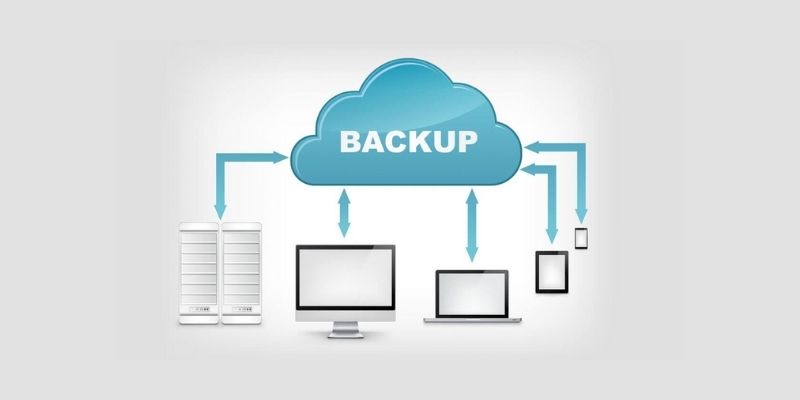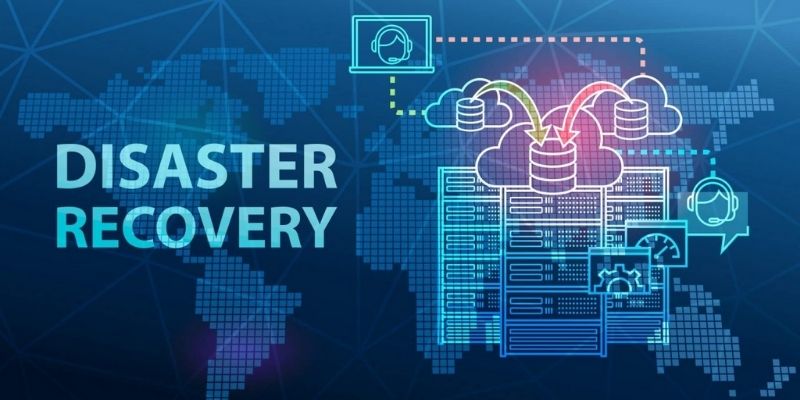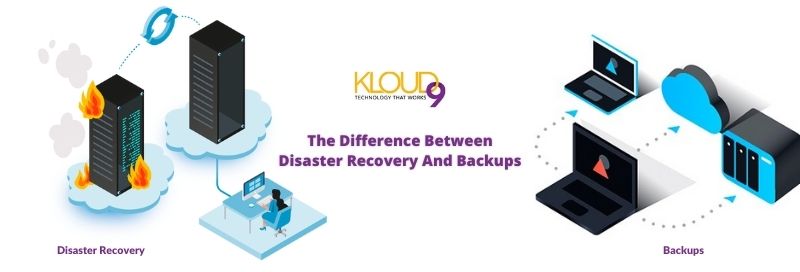The technological world is giving opportunities to businesses to improve their strategies and tactics. With the help of advanced technological features, businesses can enhance the way to retain customers and bring in new ones. With technological advancement, there is an increasing risk of cyberattacks, cyber threats. Due to cyberattacks, businesses have to suffer through data breaches, loss of confidential data, loss of reputation in the market.
When the reputation of the business organization gets tarnished, you will lose your customer's trust and loyalty. It will be difficult for the business to retain the old customers or attract new ones. Therefore, all business organizations need to ensure that they are maintaining data security and data backup.
Data security will help you protect the business data (employee, client, and business information) in adverse situations. Along with data backup and security, a business must have proper disaster recovery plans in place. The disaster recovery plans will help retrieve confidential data in case of a data breach or cyber-attack. Most often, people get confused between data recovery, data backup. They use the terms interchangeably as if they are considered the same. But there is a vast difference between data backup and data recovery. When businesses can differentiate between data backup and recovery, they can develop effective strategies. These strategies can help prevent data breaches, website downtime, and other disruptive situations.
Now, let us understand the difference between data backup and disaster recovery.
How Will You Differentiate Data Backup From Disaster Recovery?
If you start comparing data backup and disaster recovery, you will be able to make out a stark difference between the two. There are certain factors based on which you can differentiate the two concepts used in every business model.
Data Backup And Disaster Recovery Have Different Purposes
Data Backups

Disaster recovery

There Is A Distinction Between RTO and RPO:
RTO means Recovery Time Objective, and RPO means Recovery Point Objective. Every business needs both the functionalities to work efficiently and enhance the process of data recovery.
When we compare data backups with disaster recovery based on RTO and RPO, you will observe that there is a vast difference.
These days, backups do not support RPO and RTO. Therefore, backups are not always the reliable option for business-critical information. Disaster recovery is always a better option when you want confidential business data to be recovered. Therefore, the disaster recovery process will easily support RPO and RTO both.
Disaster Recovery And Data Backup Resource Allocations
While allocating resources, you need to understand that both functionality requirements are different. Data backups will not require abundant space as it is available in the compressed form.
However, disaster recovery has to be planned meticulously. It will need the support of IT infrastructure and a fully functional site. These have the special allocation for disaster recovery should be designed to handle failovers.
Comprehensive Planning For Disaster Recovery And Data Backup
The data backup process is not very complex. Thus, it does not require any specialized planning for managing, maintaining, and retaining data. But disaster recovery process is complicated. Without proper plans, you will not be able to execute them and make the best use of data recovery. While using disaster recovery, you will get the data from the VM instances in proper order. For this, you need a plan. Without a plan, the data recovered will be of no use.
Summary
Whether it is data backup or disaster recovery. You need to ensure that business organizations need both of them. With the support of these two processes, you can recover the data quickly. If you neglect the significance of these processes, it will be difficult for you to recover any business data. Data can be lost forever. Besides, even if you find a way to recover the data, it will take many hours to do so.



You must be logged in to post a comment.